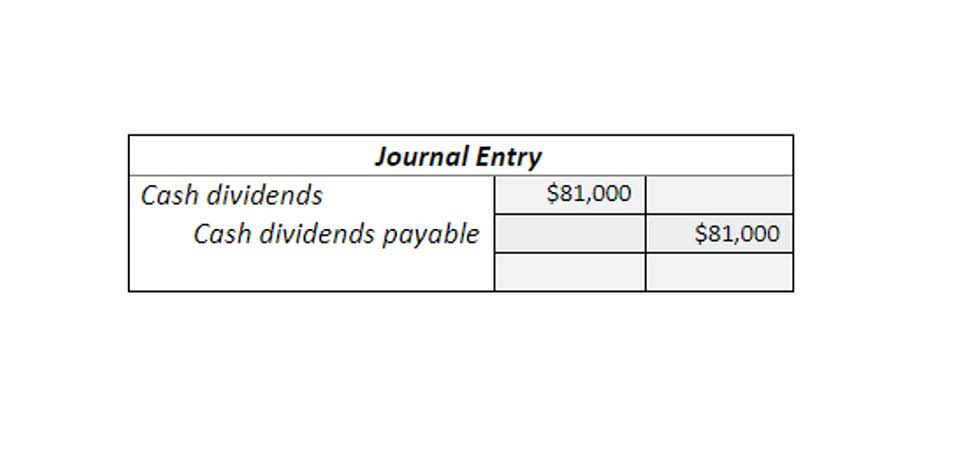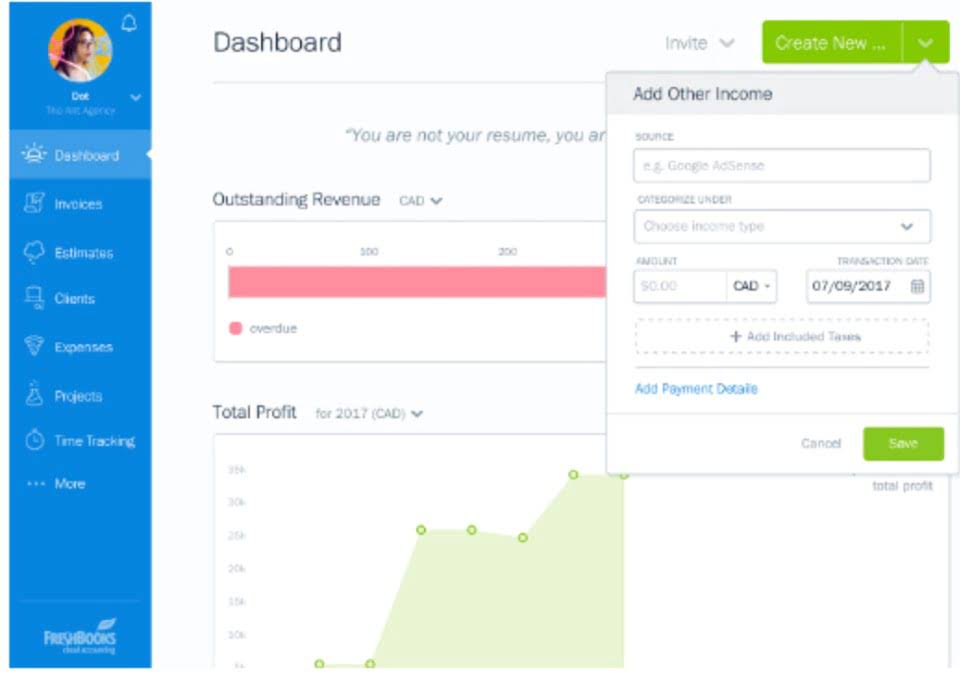
Additionally, it explains the data flow from source documents through journals to the general ledger and its final presentation in financial statements. Another powerful tool is ratio analysis, which uses specific financial ratios to evaluate various aspects of a company’s performance. For instance, the gross profit margin ratio, calculated by dividing gross profit by trial balance total revenue, helps assess how efficiently a company is producing and selling its goods. Similarly, the operating margin ratio, which divides operating income by total revenue, provides insights into the profitability of core business operations. These ratios can be benchmarked against industry standards or competitors to gauge relative performance. Operating and non-operating income provide distinct lenses through which to view a company’s financial performance.
- Finally, it subtracts other expenses, such as interest and taxes, to get to the net income.
- It provides a clear view of how a company makes money and its spending patterns, leading to its net profit.
- Moreover, gross profit plays a pivotal role in financial forecasting and planning.
- The names of the income statement accounts depend on the type of firm, the industry practices, and the laws and regulations of the country or state in which the firm is located.
- The names of the accounts or line items used in preparing income statements vary based on industry, jurisdiction, and type of accounting standard used.
- A company’s balance sheet provides stakeholders with a snapshot of its assets, liabilities, and shareholder equity at a specific point in time—typically the last day of the reporting period.
What Are Operating Expenses?
This statement can be used to calculate the company’s operating cash flow. Finally, net income is the bottom line figure, which represents the company’s total profitability after all expenses have been accounted for. Though the contents of an income statement vary depending on the company and its activities; there are some key line items that are expected to be in most operating statement. The final section of a profit and loss statement is the bottom line, which is simply the difference between income and expenses. Return on equity (ROE) is a financial ratio that measures the profitability of a company in relation to the amount of equity capital it has. ROE is calculated by dividing a company’s net income by its shareholder equity.
Operating Revenue
- It is arrived at by subtracting all the income expenses before any taxes are levied.
- Other financial statements that present reports about a firm’s financial performance include the cash flow statement and the balance sheet.
- For example, a customer may take goods or services from a company on September 28, which will result in revenue accounted for in September.
- In some cases, they may also consist of different balances within those systems.
- By understanding how these two financial statements work, you can get a better grasp of a company’s overall financial health.
CFI is the global institution behind the financial modeling and valuation analyst FMVA® Designation. CFI is on a mission to enable anyone to be a great financial analyst and have a great career path. In order to Oil And Gas Accounting help you advance your career, CFI has compiled many resources to assist you along the path.
What Is the Cost of Goods Sold (COGS)?

He lives in Plateau State, Nigeria with his wife, Joyce, and daughter, Anael. The higher the EPS, the more profitable a company is considered to be. The business owner can clearly see if a business’s revenue is increasing or decreasing.
Income Statement Under Absorption Costing? (All You Need to Know)
This approach separates these fluctuations from the income statement while still acknowledging potential impacts. IFRS applies what account classifications are found on the income statement? a similar method, emphasizing fair value through OCI for certain debt instruments. Our attorneys practicing corporate or business laws assist businesses with issues concerning income statements. We can help resolve issues concerning legality in financial transactions, regulations concerning financial moneys, and consultations on legal aspects of accounting and financial reports.

You can now use Wafeq-The best e-invoicing software to manage your operating expenses through full tracking of bills, purchase orders, and more. In addition, interest costs are classified as either additional expenses or non-operating costs for retailers. An expense should be reported in the accounting period in which its cost expires or is used up if that is uncertain.


Equity represents the ownership value held by shareholders in a company. It is calculated as the difference between total assets and total liabilities, essentially reflecting the net worth of the business. Equity is crucial for understanding the financial health and stability of a company. Assets are fundamental components in the realm of accounting, representing resources owned by a business that hold economic value.
